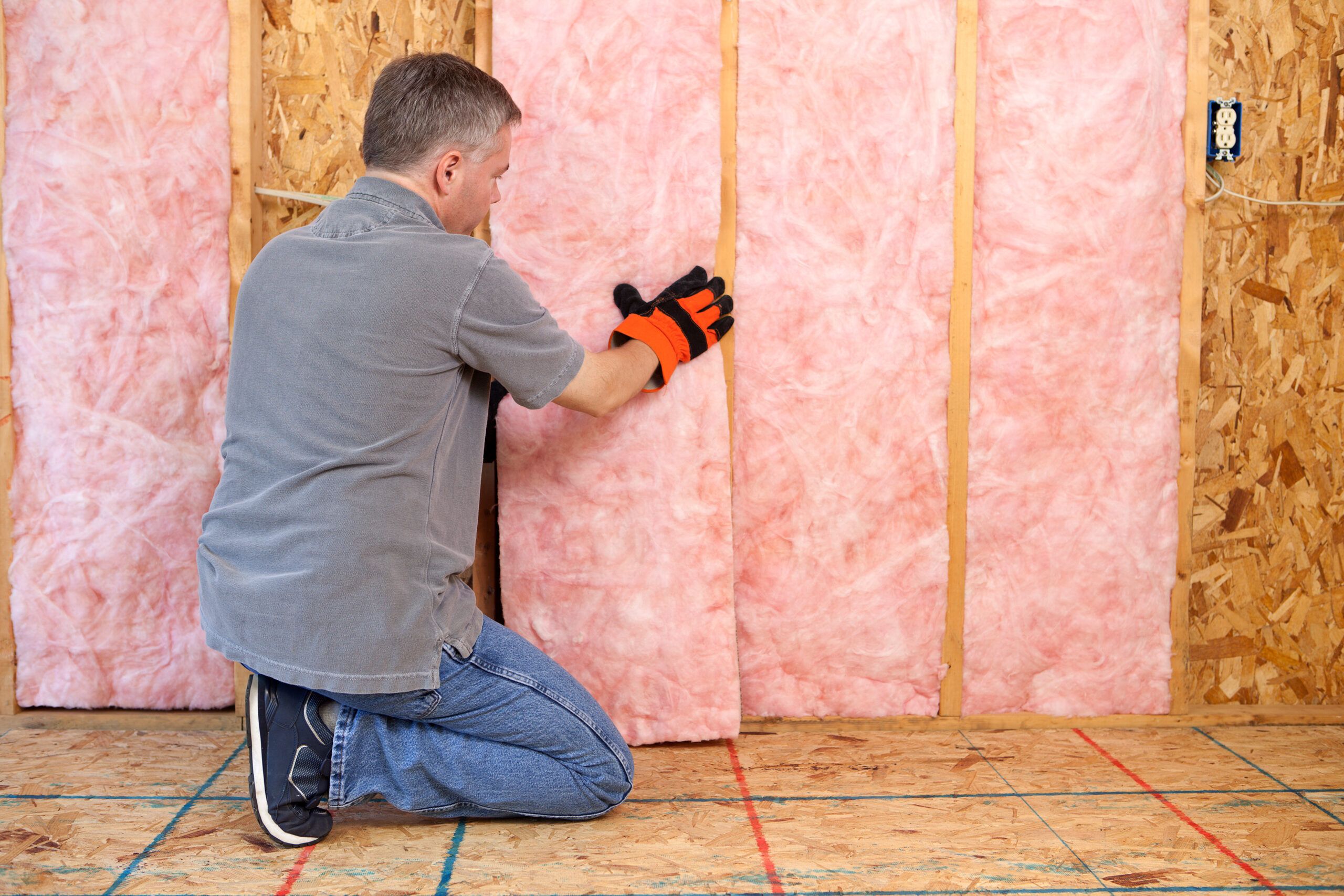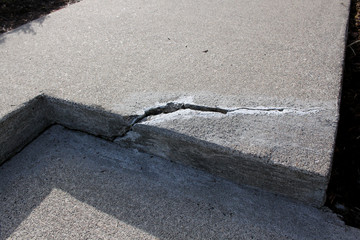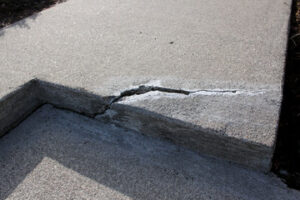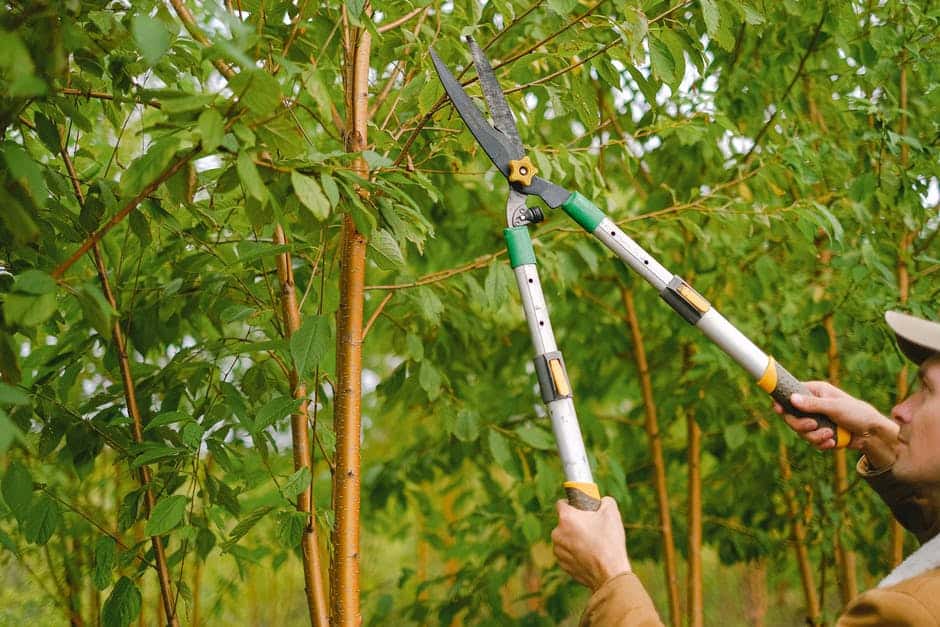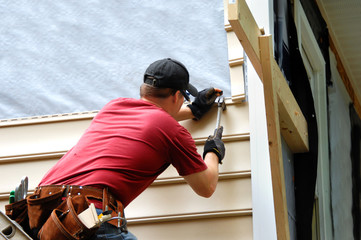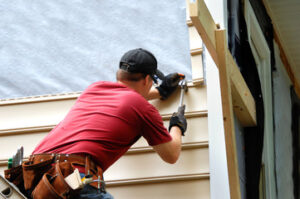Many products are on the market that claim to prolong the period between septic tank pumping. However, they can throw the primordial ecosystem of your septic system out of balance, interfering with natural enzymes’ ability to break down solid waste.
Where cleaning focuses on internal rejuvenation, pumping takes that a step further by completely evacuating all liquid and solid waste from the entire septic system. Think of it as hitting the reset button. Click the Septic Tank Cleaning Perth to learn more.
Septic tanks are large, concrete, or plastic containers that hold wastewater from your home. They are located on your property, usually within a few feet of the house and connected to the sewer system through pipes. Septic systems are designed to separate solids from the wastewater and transform them into sludge that can be safely buried in the ground. This allows for the water to return to the environment without contaminating it with disease-causing bacteria.
Sludge and scum build up in your septic tank, which can clog the absorption field lines and cause wastewater to back up into your home. In order to keep the septic tank from becoming too full, it needs to be pumped and cleaned regularly. If septic tank cleaning is not done, the solids can overflow into your drainfield, which can lead to costly plumbing repairs.
During septic tank pumping, the technician will insert a hose into the septic tank and suction the liquid waste out of the tank. They will then clean out the septic tank, including the sludge and scum that is floating on the surface of the tank. They will also clean the baffles and other internal parts of the septic tank to ensure that it is properly functioning.
It is important to note that septic tanks are very dangerous to work on and should only be worked on by trained, licensed professionals. This is because of the dangers of hydrogen sulfide and other deadly gases that are present in the tank and can cause asphyxiation. Additionally, there are many diseases and infections that can be transmitted through sewage.
One of the biggest misconceptions about septic tanks is that they are self-cleaning. While septic tanks do have natural bacteria that can decompose some of the solids, they must be emptied and cleaned to remove the rest of the waste from them. This is because most septic systems are not aerobic, meaning that they cannot completely decompose all of the organic matter that goes into them.
A well-functioning septic tank will only need to be pumped and cleaned about every three years. If your septic tank is overdue for cleaning, you will notice that your toilets aren’t draining as quickly and that there is a strong odor in the house.
How Does a Septic Tank Work?
A septic tank is basically a big box that sits beneath the ground. All the drain pipes in your home connect to this tank, and all wastewater flows through it. It is pumped out periodically, but it generally needs very little maintenance other than this. The bacteria inside the tank break down most of the waste, and a septic system that is kept healthy will rarely clog.
All the plumbing in your home flows through a sewer line that slopes downhill to the septic tank. Then the toilets, dishwashers, showers and washing machines use it. When the toilets flush, they send the wastewater into the septic tank.
Inside the septic tank are two chambers separated by a half wall. Solid waste lands in the first chamber, and liquid waste goes over the half wall into the second chamber. Bacteria in the septic tank digest these solids and liquidize them so they can flow out of the tank into the leach field.
The septic system may have an effluent filter that is located in the outlet baffle. This is important because it catches suspended solids that would otherwise flow into the drain field and clog the soil absorption area. The septic tank should have this effluent filter cleaned on a regular basis.
As the liquid waste leaves the septic tank, it flows through a pipe into a trench of gravel or stone. The gravel and stone absorb the wastewater and the bacteria in the soil further treat it. A well-maintained septic tank can be used for decades.
In some cases, it is necessary to install a treatment system between the septic tank and the leach field. This can be done when the soil is too shallow for a traditional drain field or there are other problems with the leach field. These systems are designed to be more durable and have a longer life than traditional septic tanks. Some have more advanced biological treatments that are able to eliminate disease-causing pathogens and organic compounds in the effluent before it is released into the environment.
Why Do I Need to Have My Septic Tank Cleaned?
Most homeowners don’t give their septic system a second thought until something goes wrong. Whether it’s a foul backup indoors or soggy yard, these unpleasant situations make it glaringly obvious that the tank and system are in need of some attention. While septic system malfunctions are inevitable, it is possible to minimize them by making sure to have the tank cleaned on a regular basis.
Cleaning goes a step further than pumping by thoroughly removing all waste material, including the compacted sludge at the bottom of the tank. It also helps reset the septic system, promoting better long-term performance and reducing the likelihood of early system failure.
The frequency of septic tank cleaning depends on a number of factors, such as the size of the tank and the water usage of the household. It is recommended that residential properties have their septic tanks cleaned every 2-3 years. However, larger homes and more frequent water use may necessitate more regular cleaning.
A major benefit of septic tank cleaning is that it eliminates solid obstructions before they can spiral out of control and cause inconvenient and damaging clogs in drains, toilets and sinks. These clogs often occur when people put things down the drain that they shouldn’t – such as hair, grease and other debris. Regular cleanings can help prevent these problems.
Additionally, septic tank cleaning can help maintain the integrity of the septic tank and ensure that all waste is properly processed. Over time, the septic tank can crack and corrode due to harsh chemicals or from an excessive amount of waste. Keeping the tank clean can prevent these problems from occurring and extend its lifespan.
Lastly, septic tank cleaning is important because it can prevent harmful bacteria from entering the home. These bacteria can pose health risks and can contaminate surface and groundwater. By keeping the septic tank cleaned regularly, it can help to keep these bacteria from entering the home and posing a threat to your family’s health.
What is the Cost of Septic Tank Cleaning?
Septic tank cleaning is a more involved process than pumping, and it is usually needed when your septic system is experiencing issues. This process involves removing all the solid waste and sludge from your septic tank, including the compacted material that settles at the bottom of the tank. This allows your septic system to be completely reset and promotes better long-term performance.
Sludge removal is done by septic tank experts, who use a special machine to break up and remove the sludge from your tank. This makes it much easier to transport and dispose of the sludge, saving you money in disposal fees. The experts will also look inside the septic tank for any signs of damage or wear that need to be addressed. With the tank empty, they will be able to easily inspect the baffle filter, septic tank lids, and any other components that need attention.
The cost of septic tank cleaning depends on the size and water usage of your home. As a guideline, most septic tanks require cleaning every two to three years to keep solid waste and liquid wastewater from accumulating in the tank and overflowing into your drain field. Regular cleanings can help you avoid costly repairs, prevent clogs in your home, and maintain your property’s value.
During septic tank cleaning, the professionals will also inspect the drain fields to ensure that they are clear and free of blockages. It’s a good idea to hire professional services for this task, as any mistakes can lead to expensive replacement costs and environmental hazards.
When performing septic tank cleaning, the service technicians will take extra care not to disturb the delicate balance of bacteria within your septic system. Harsh septic cleaning chemicals can damage these bacteria, leaving your septic system vulnerable to clogs and other problems. The experts will also recommend septic-safe cleaning products to prevent any harmful residue from contaminating your home.
Regardless of the size and usage of your septic tank, the wisest long-term maintenance plan is to consistently combine both cleaning and pumping services on a rotating schedule. By preventing excessive solid waste buildup, you can greatly extend the life of your septic system and minimize expensive repairs and replacements in the future.

